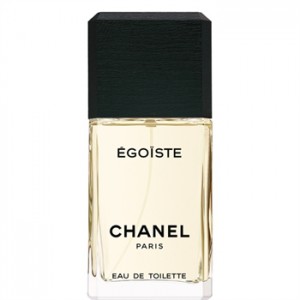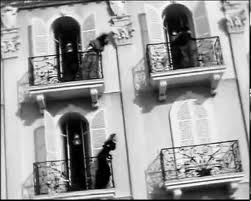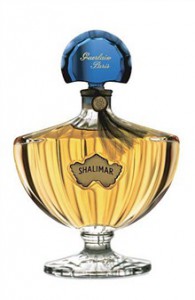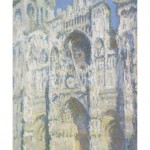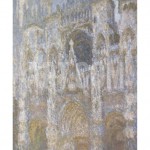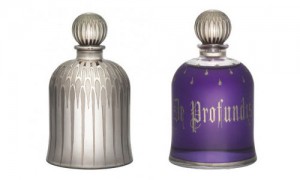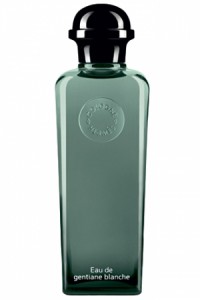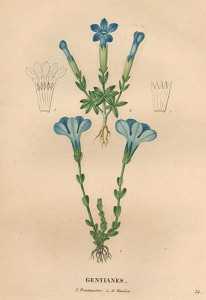Cuir de Russie Perfumes
Igor Stravinksy’s Le Sacre du Printemps (The Rite of Spring) is without question one of the most powerful and groundbreaking pieces of music the world has ever known. Its debut performance caused a near-riot among Parisian theater-goers and indeed it sounds as modern and profound today as ever. With the 100 year anniversary of Le Sacre du Printemps having been yesterday, May 29, 2013, I felt it was an opportune time to explore a unique class of perfumes influenced by the romance and folklore of pre-WWI Russia: Cuir de Russie.
Cuir de Russie or “Russian Leather” perfumes as they are sometimes known, gained considerable popularity in the late 1800s, and even more so in the early 1900s, coinciding with the influx of numerous Russian emigres to Paris. Often referred to as the “White Russians”, many of these individuals came from well-educated and often aristocratic backgrounds, bringing with them a wealth of culture that would have an impact on French society, culture and even fashion. Indeed, Paris in the early part of the 1900s was buzzing from the impact of the Sergei Diaghilev’s Ballets Russes, the choreography of Vaslav Nijinsky and the works of Igor Stravinsky. The introduction of this new and exotic culture was a provocation, one that is reflected in this class of perfumes.
Historically, different cultures had unique processes for treating animals skins in order to produce leather. While the process, known as tanning, could be carried out in a number of different ways, the goal was the same: to create a final byproduct (leather) which was more durable than the natural skin. A traditional Russian method, which may have been employed since as early as the 14th and 15th centuries, involved treating the skins with rectified birch tar which in addition to curing the skins, imparted disinfectant properties. The bark of the birch would undergo several processes to break down the material into a substance which could then be used to treat the leather. The process preserved the longevity of the material and rendered it water-resistent to a degree. Birch tar oil has a distinctive scent – adding a smoky, spicy, sweet and woodsy aroma to the leather – and to the perfumes it would come to be used in.
Today, rectified birch tar oil is used in minute amounts in perfumery, as its use is restricted under IFRA guidelines. Isoquinoline, a material first isolated from coal tar in 1885, is also used to create leather notes and provides a synthetic alternative to birch tar oil. Several perfurmery houses developed their own unique interpretation of the Cuir de Russie theme, including Vonna, Biename and LT Piver. Over this week and next, I will be posting reviews of four different Cuir de Russie perfumes: Guerlain, Chanel, Lubin and LT Piver.

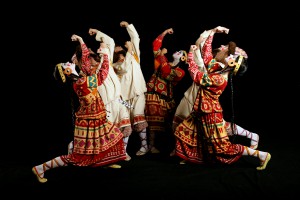
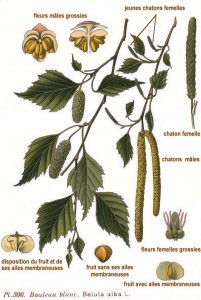




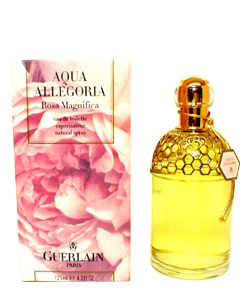

![christian-dior-dune-kristina-semenovskaya_thumb[3]](http://www.essence-quintessence.com/wp-content/uploads/2013/03/christian-dior-dune-kristina-semenovskaya_thumb3-214x300.jpg)




